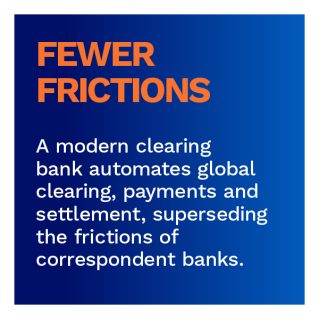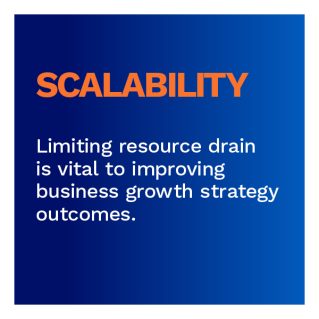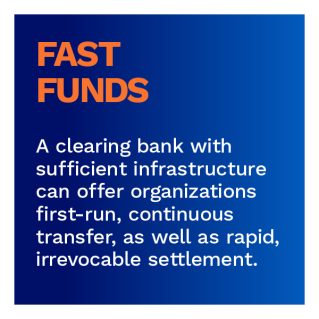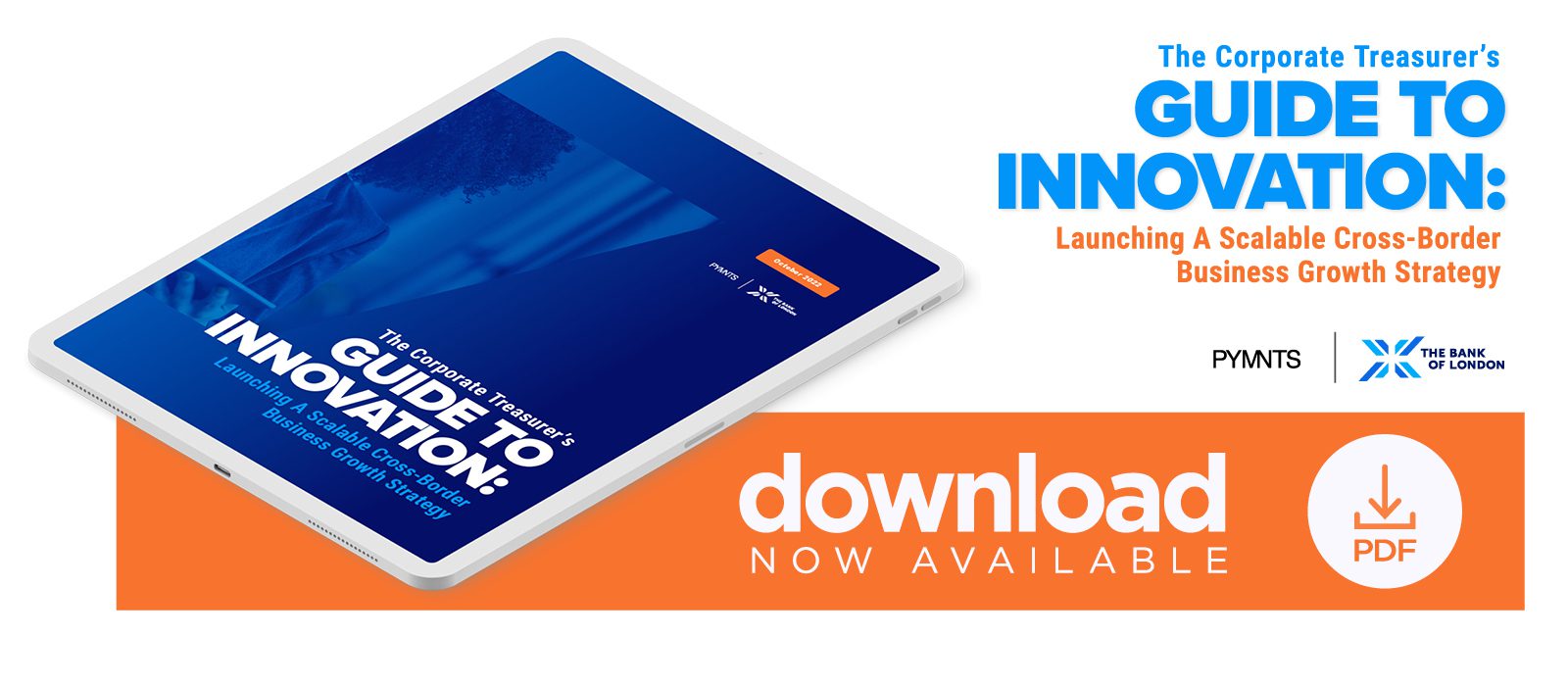Treasurers Seek Growth Via New Banking Models

Corporate treasurers are faced with multiple pressures in an uncertain economic climate, including the need to support long-term growth. Developing a payments strategy that is both efficient and agile to scale is a significant challenge, as growth can create obstacles to timely settlement and transactions, such as expanded regulatory concerns.
“The Corporate Treasurer’s Guide to Innovation,” a PYMNTS and The Bank of London collaboration, presents a pathway toward innovation for corporate treasurers seeking to optimize payments processes.
The Challenges of Innovation
Change may be desired by an organization, but innovation may be blocked by years of practices that are by their very nature inefficient — processes that are deeply rooted in the way staff and the company manage key business operations. Innovation efforts may fail if an organization does not include all stakeholders in the shift toward modernization.
 The playbook reports that reimagining the way an organization does business — particularly directing operations and business strategy around new, specific performance goals — must be a collaborative effort that is coordinated across many departments, and this may wreak havoc on company culture for firms with a long-standing dependence on legacy technologies, processes and strategies.
The playbook reports that reimagining the way an organization does business — particularly directing operations and business strategy around new, specific performance goals — must be a collaborative effort that is coordinated across many departments, and this may wreak havoc on company culture for firms with a long-standing dependence on legacy technologies, processes and strategies.
Once the corporate culture battle is won, corporate treasurers may find themselves tasked with leading and implementing innovation strategies — often in absence of technically trained staff to support their efforts. After all, the value of modern, efficient innovation efforts can be drowned out amidst the chaos of disorderly implementation in the presence of organizational resistance — or without a simple option to introduce top-down innovation without increasing the burden on human resources.
This may lead to a failure of the innovation effort, an open revolt among staff, or stagnation.
An Innovation Jump-start: The Modern Clearing Bank
Corporate treasurers may have a simple fix to the complexity of driving organizational change when it comes to managing payments innovation: a modern clearing bank. Modern clearing banks can streamline corporate treasurers’ efforts to innovate around organizational resource limitations.
The report notes that such banks help corporate treasurers power innovation, not only making their organizations’ plans for global growth easier to support but also making those plans more likely to succeed. The most advanced modern clearing banks also offer integration with leading ERP platforms, making innovation not only feasible but also simple to plot, monitor and implement.
In this way, modern clearing banks can help corporate treasurers not only sell their organizations on modernization but enable them to make critical innovations possible.
To learn more about how corporate treasurers can jumpstart payments innovation, download the report.
